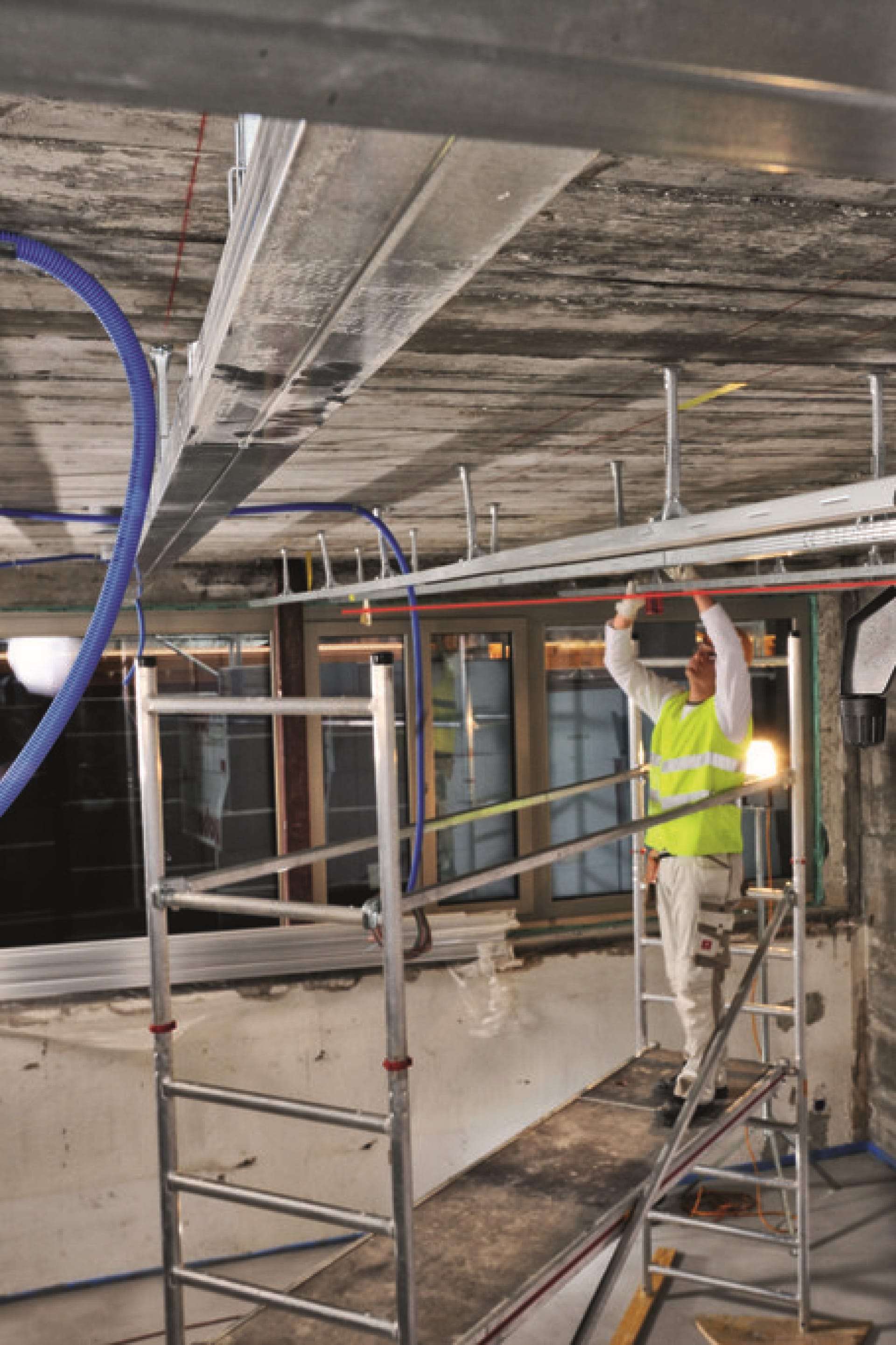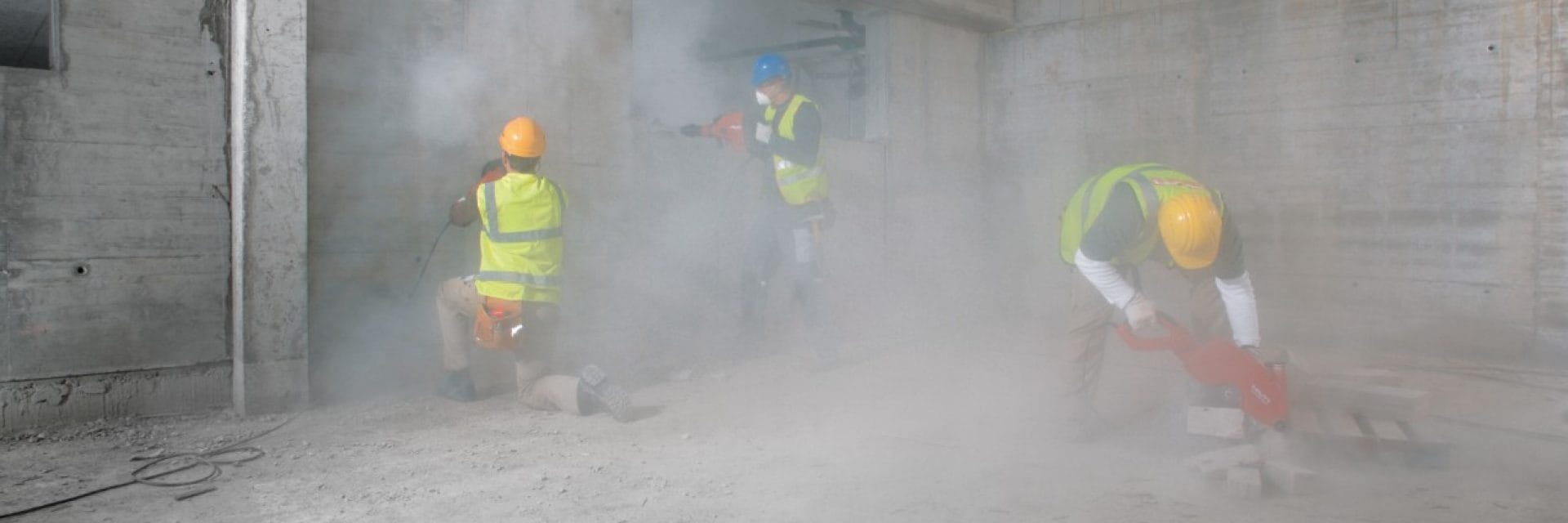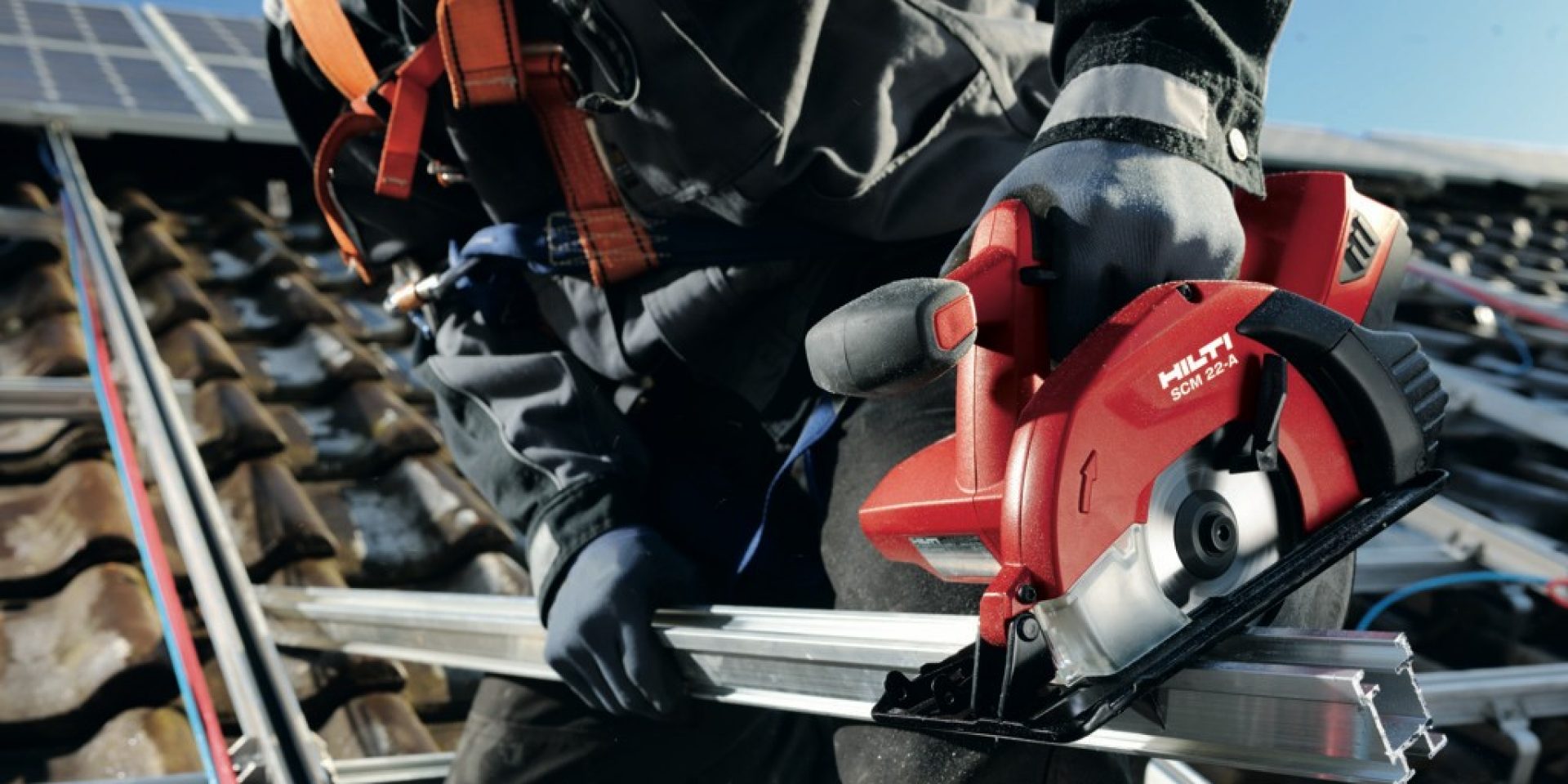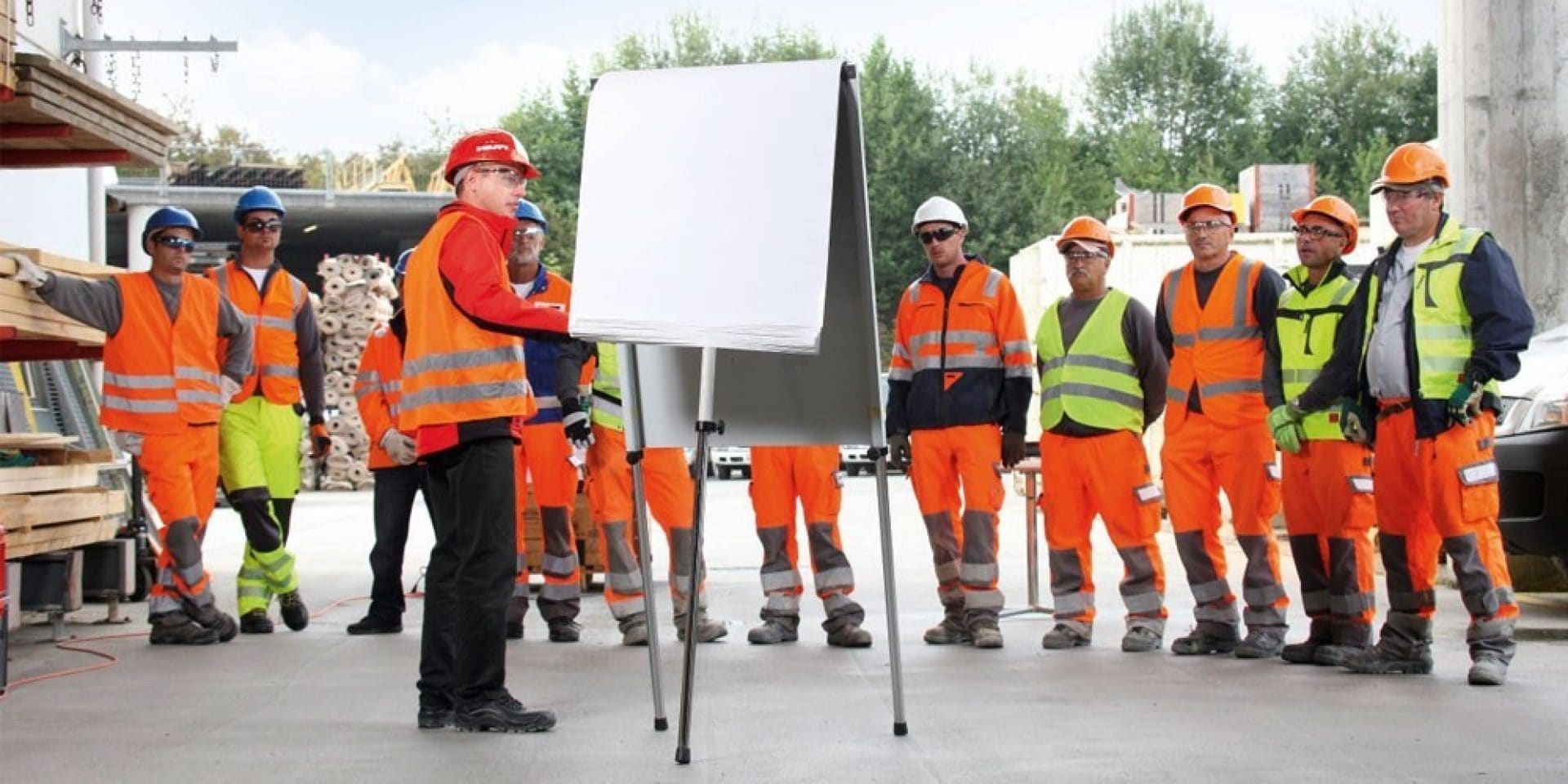REGARDLESS OF THE POWER TOOLS YOU USE, IT’S IMPORTANT TO USE THEM SAFELY
How you can reduce the hazards associated with power tools

Even the best-organised job sites always come with a certain amount of danger that is simply unavoidable in the construction industry. Of course, it's important to take appropriate measures to identify and minimise hazards, but vigilance is still a necessity. To that end, it's worth considering how one of the most potentially hazardous elements of the job - power tools - are impacting safety.
Power tools present many potential dangers, and while some of these are specific to certain types of tools, others are blanket issues that are a bit harder to avoid. Here at Hilti, we firmly believe in making construction sites as safe as possible, so in this article we'll take a look at a few ways to reduce risk when using power tools.
The types of tools you use
Some power tools will always be more dangerous than others, but there are still some hazards that are always going to be present, regardless of the tool. A classic example of this is cords and cables.
A tool that needs to be physically tethered to a power supply is a tripping hazard, and that danger is only intensified when working at heights. For decades, there wasn't an easy way to get around this issue. Sure, there were cordless alternatives available but these often lacked the same power and performance of a wired tool. That's all changed now thanks to modern Lithium-ion batteries, which can provide high levels of power for long stretches of time. This ensures that protection doesn't have to come at the expense of performance.
In addition to high-performance cordless tools, Hilti also supplies extension poles for our explosive power tools, which allow tradies to complete fastening tasks without having to leave the ground. As working at heights is one of the most frequent ways injuries occur on construction sites, any way to keep your feet firmly on the ground is a positive.
Safety through engineering and innovation
Not all safety issues are as easy to solve as those associated with working at heights. Some hazards are simply unavoidable, and when using power tools, dust is one of the biggest. Dust is generated by most of the jobs carried out on a typical construction site, and it results in an inhospitable working environment as well as presenting a health risk. To make matters worse, dust also has a significant impact on tools, substantially reducing their operational life span.
In the past, dust was regarded as one of those things that just came with the territory, but new technological innovations have now made it possible to actively limit the dangers of dust on a construction site. Hilti's Dust Removal Systems (DRS) provide such a solution, working as part of a workflow that extends from the tool itself through to vacuum removal.
Hilti Dust Removal Systems include separate vacuum cleaners and tool attachments which can remove dust and other debris directly at the source. For example, the TE DRS-M
dust removal attachment for Hilti rotary hammers is powered by the tool’s own motor, and collects material in a container attached directly to the tool. As an added bonus, Hilti’s DRS technology adds to a tool’s lifespan, and reduces the time it takes to complete certain tasks by eliminating the need for constant cleaning.

Related articles
Share via:


